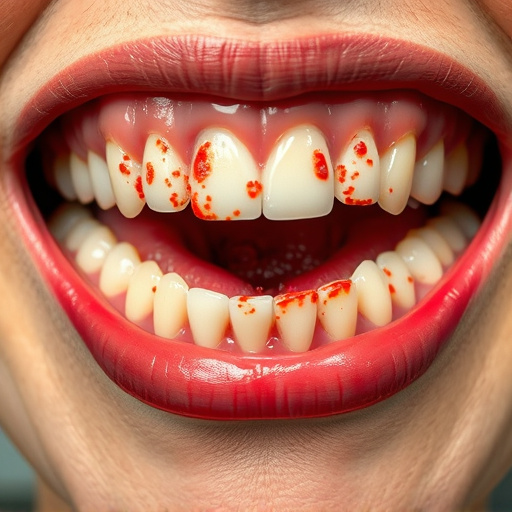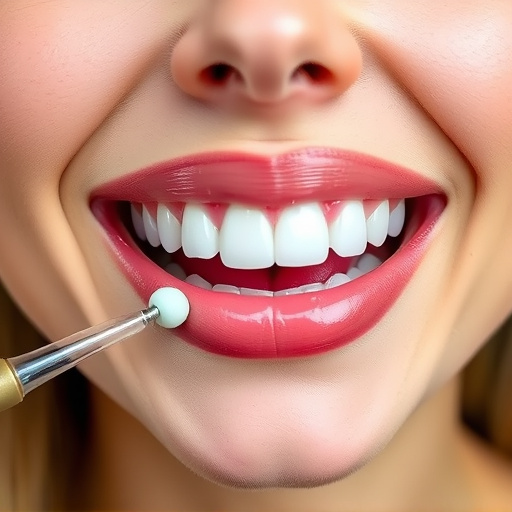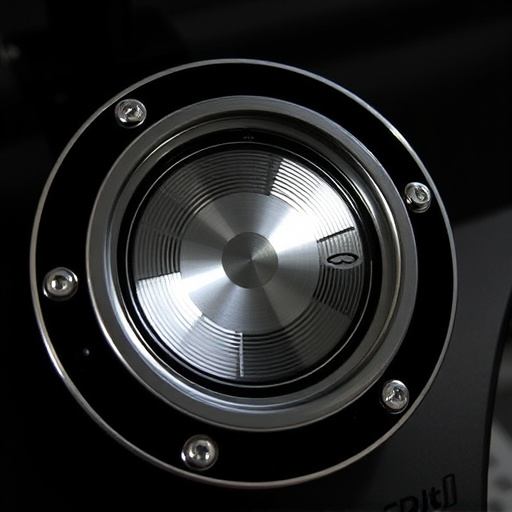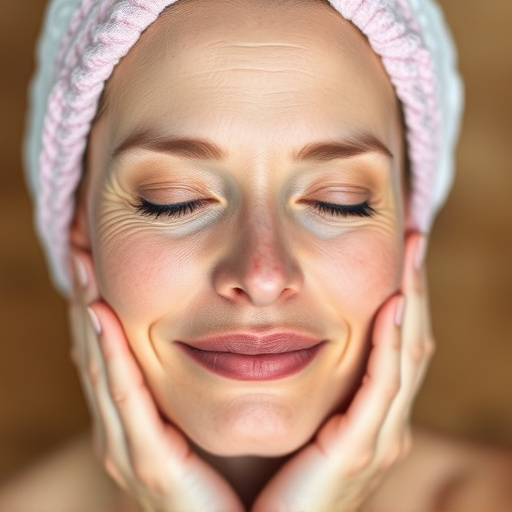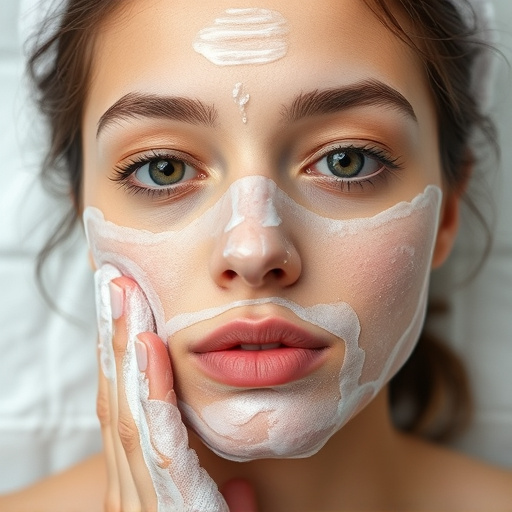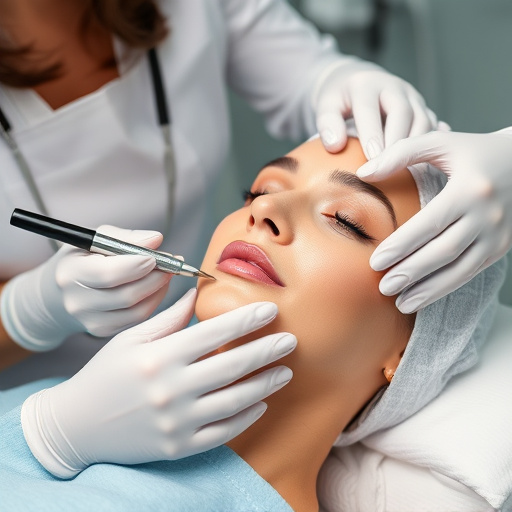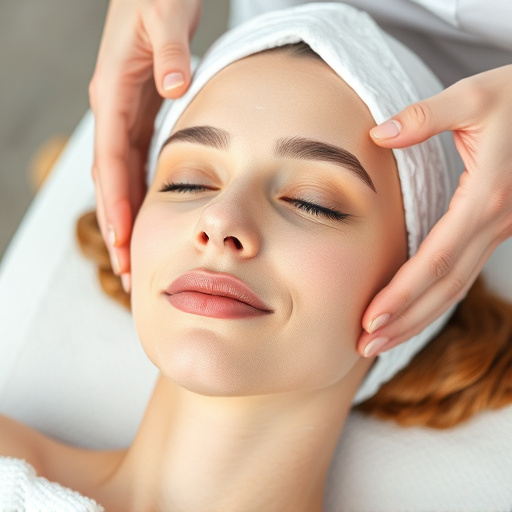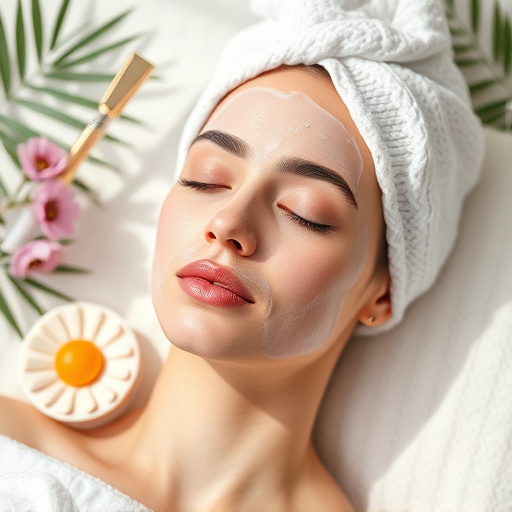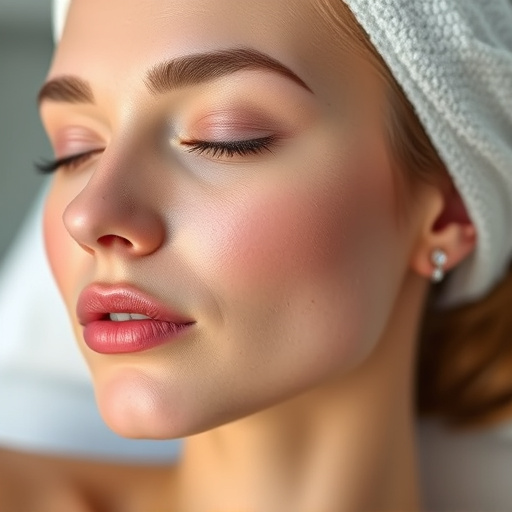Medical grade skincare offers advanced solutions for various skin conditions through potent active ingredients and innovative treatments like retinoids, vitamin C, AHAs, chemical peels, microneedling, PRP, and light therapy. Personalized routines are key, starting with skin type and specific concerns assessment. Consistency and strategic product integration based on dermatologist recommendations ensure optimal results over time.
Introducing our comprehensive guide on mastering a medical-grade skincare regimen – your key to achieving and maintaining healthy, radiant skin. This article breaks down the essential components of high-performance skincare, offering tailored advice for personalized routines. We explore effective integration strategies to optimize results, ensuring your journey towards flawless skin is both informed and successful. Discover the best practices to unlock the full potential of medical-grade skincare products.
- Understanding Medical Grade Skincare Essentials
- Crafting Your Personalised Skincare Routine
- Effective Integration for Optimal Results
Understanding Medical Grade Skincare Essentials
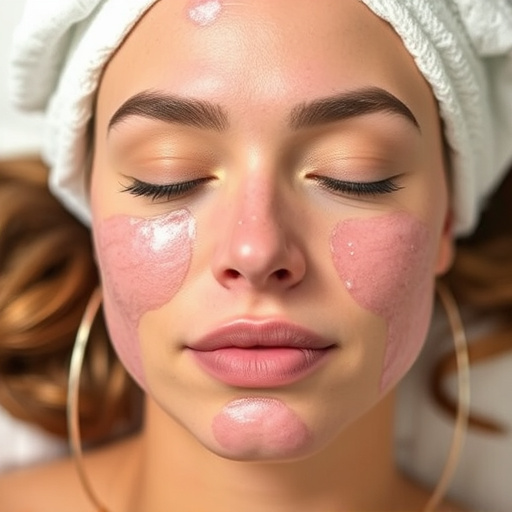
Understanding Medical Grade Skincare Essentials
Medical grade skincare goes beyond your typical over-the-counter products. It involves a deeper level of care focused on treating and improving various skin conditions, from acne to aging signs. This specialized regimen often incorporates powerful active ingredients like retinoids, vitamin C derivatives, and alpha hydroxy acids (AHAs), such as glycolic acid or lactic acid, known for their ability to exfoliate and stimulate collagen production. Chemical peels, a common medical-grade treatment, offer precise and controlled exfoliation to address specific skin concerns, including hyperpigmentation and fine lines.
Non-surgical treatments are another cornerstone of medical-grade skincare, providing effective solutions for wrinkle reduction and skin tightening without invasive procedures. These treatments leverage advanced technologies like microneedling, platelet-rich plasma (PRP), and light-based therapies to stimulate the skin’s natural healing processes, resulting in a more youthful and radiant complexion. By combining these evidence-based practices with tailored product choices, individuals can achieve significant improvements in their skin health and appearance.
Crafting Your Personalised Skincare Routine
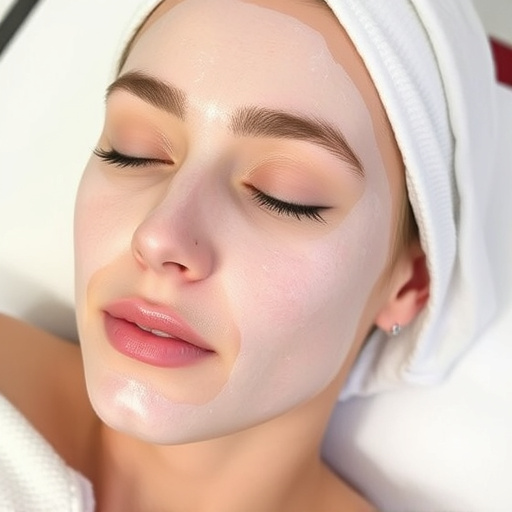
Crafting a personalized skincare routine is a key step in achieving optimal results from your medical-grade skincare regimen. It involves understanding your unique skin type and concerns, as well as incorporating products that cater to those specific needs. Start by assessing your skin’s current condition—is it dry, oily, combination, or sensitive? This initial evaluation will guide you in selecting the right products for cleansing, toning, moisturizing, and treating any specific issues like acne, fine lines, or enlarged pores.
Consider incorporating medical-grade skincare products that offer advanced solutions for common skin concerns. Look for ingredients known for their skin tightening and pore refinement properties, as these can significantly enhance the overall appearance of your skin. Additionally, explore aesthetic treatments that target deeper layers of the skin to promote a more youthful and radiant complexion. Remember, consistency is crucial; a well-designed routine performed daily will yield the best results over time.
Effective Integration for Optimal Results
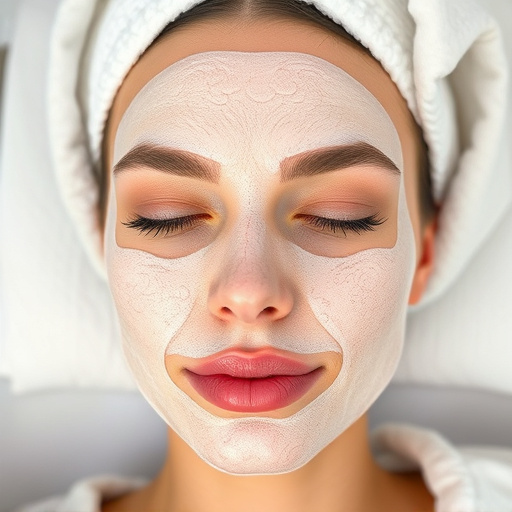
When embarking on a medical-grade skincare journey, understanding how to integrate your new regimen effectively is key to achieving optimal results. It’s about more than just adding a few serums or creams to your routine; it involves creating a cohesive and strategic plan tailored to your skin’s unique needs. Start by consulting with a dermatologist who can assess your skin type, concerns, and goals, ensuring you select the right products for maximum efficacy.
A successful integration means considering the order in which you apply products, as well as their active ingredients. For instance, certain actives may require specific conditions to work best—some might need to be applied first to prepare the skin, while others should be left until last to seal in hydration or protect against environmental stressors. Personalized skincare is essential here; each step should address a particular aspect of your anti-aging treatments or body contouring goals, ensuring your regimen works harmoniously for visible and lasting results.
Starting a medical-grade skincare regimen can transform your skin’s health and appearance. By understanding the essentials, crafting a personalized routine, and effectively integrating products, you can achieve optimal results. Remember, consistency is key; stick to your routine and be patient as your skin adjusts. Embrace the benefits of medical-grade skincare for a radiant, healthy complexion.
